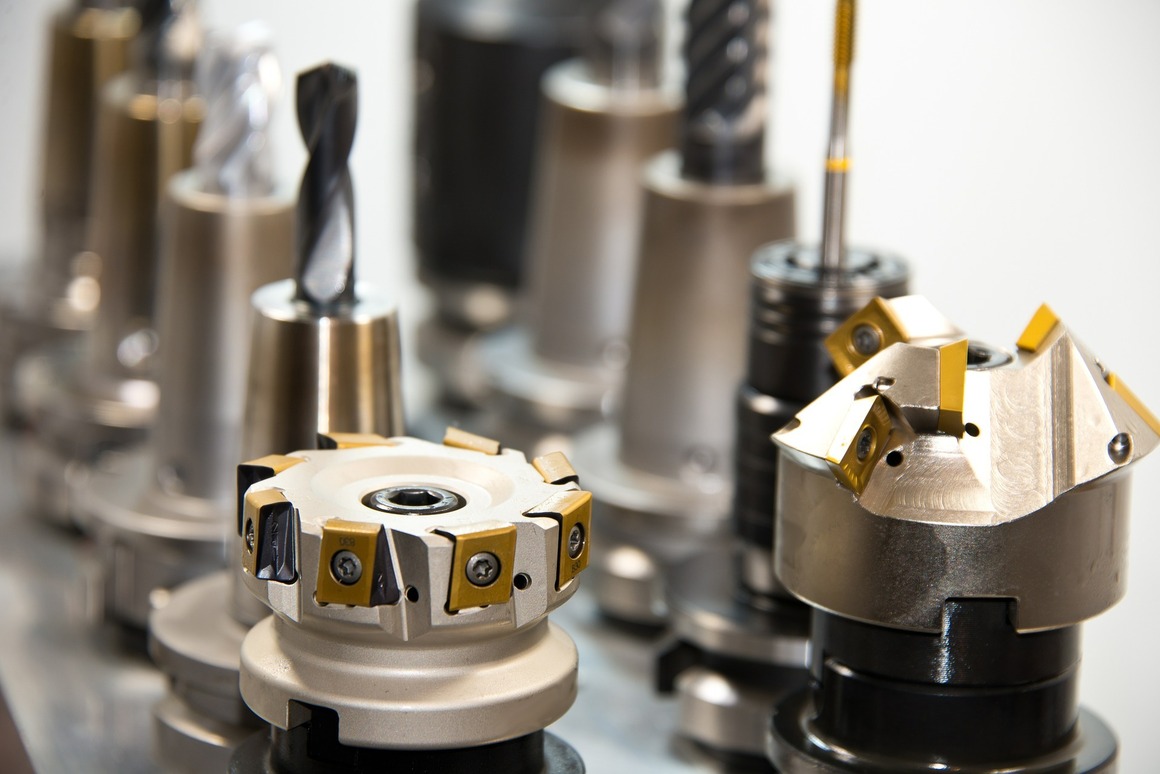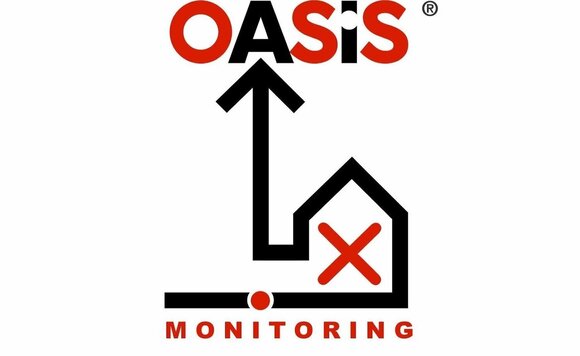Investment Casting
An industrial process in which molten wax is poured in a ceramic cavity of the desired shape. Also known as lost wax casting. A centuries-old industrial practice that uses lost wax for casting metals. It dated back to more than 5,000 years and was used primarily for arts and jewelry. Today, many industries use this method for producing lightweight and complex components.
The process is used for curating finely detailed casting. It is called investment casting as the mold pattern used in the casting process becomes ‘invested’ with the liquid refractory material.
Steps:
1. Tool formation: Toolmaking is the very first step in this process. For making the casting, the replica or pattern of the required casting is to be made.
2. Wax injection and pattern assembly: To form the replica, the wax is injected into a die, and the exact dimensions and form are obtained. The wax pattern is then assembled onto a wax sprue. Each assembly might have one large or small pattern forming a tree. This process is also known as tree- formation.
3. Shell coating: The wax assembly is dipped into a ceramic slurry and coated with refractory material for the next step. This is the most important coating. While the slurry coating is still wet, larger ceramic particles are dropped onto the wet surface. This process is repeated many times until it gets a certain strength and thickness. It is then left to dry.
4. Dewax: Once the finished shell mold has dried, it is kept in a steam autoclave. Hence, the name lost-wax process. The molds are fired and melted at high temperatures to remove any remaining wax traces of the earlier formed pattern. The temperature usually ranges between 1600-2000 degrees Fahrenheit. The process helps in strengthening the mold.
5. Casting and Pouring: After dewax, molten metal is then poured into the mold while it is still hot. This procedure enables the metal to run into thin or small walls and sections. It is left for cooling at room temperature. This is the crucial procedure of the whole investment casting process.
6. Shell Removing: After the cooling, the ceramic shell is broken. Each casting is then cut individually from the sprue. The excess metal is then removed from the casting body by grinding.
7. Heat Treatment: The castings are then given heat treatment. The process includes carefully tempering, hardening, carburizing, and annealing. This improves the mechanical properties of casting blanks.
8. Shot blasting: The step provides us with a better surface finish. During this step, the investment castings are shot blasted by small steel balls.
9. Surface Treatments and Anti-Rust Oil Painting: Surface treatments like galvanizing and paint spraying are done. To prevent it from rusting, anti-rust paint is also applied.
10. Quality Inspection: This includes material testing, x-ray, surface inspection, or machining can be carried out if needed.
Merits:
- Investment casting is the type of manufacturing process which gives a smooth finish to complex and intricate features without any post-processing.
- Very thin sections with dimensions of 0.40 mm (0.015 in) can be cast using investment casting.
- The process gives excellent dimensional accuracy. A tighter tolerance is also achieved.
- Investment casting cuts down on labor time. Less machine work is required after the casting is done.
- A variety of materials such as Aluminium alloy, cast iron, and non-ferrous alloys can be used for investment casting.
- There is low material waste.
Demerits:
- The individual cast is required for every new casting.
- The process is best suited for limited casting; it can be expensive when producing casts in bulk.
- The technique has much more complications than other methods, as it requires a substantial amount of preparation and specialized equipment.
- Investment casting shells have limitations when it comes to their dimensions. A particular size is needed.
CNC Machining
The term CNC stands for “Computer Numerical Control.” The CNC program controls every motion of the machinery. Everything is directed by the program, from turning coolant on and off to the motions the machine makes to spindle speed. The computer language used to program CNC Machines is called the “G-code” and “M-code:”
It is digital manufacturing technology. It refers to controlling a machine through another machine, i.e., a computer. CNC Machines can be considered Robots. Before CNC came into existence, devices were controlled by human operators.
The first CNC machines were developed in the 1940-1950s. These relayed completely on data storage techniques known as Punched tape. As technology accelerated, the advancements in CNC machines could be seen.
How Does a CNC Machine Work?
The Precision CNC machines rely on digital instructions. The CNC machining program offers various functions. These are:
1. CAD/CAM Model Design: In earlier times, the operators were required to manually write the G-code. The CAM program (computer-aided manufacturing) of today allows us to take a 3-d model, and it automatically generates G-code. Once the CAD design is complete, it is exported to a CNC-compatible file format.
2. CAD File Conversion: Various codes are used by CNC. The most well-known code is the geometry code (G-code). Its primary function is to control the basic movement of machine tools. Miscellaneous (M-code). It controls the auxiliary functions of the machines.
3. Machine Setup: Before running the CNC program, the machine is prepared for operation. They are mainly affixing the workpiece directly to the machine, attaching required machine tooling. After the setup, the program is started.
4. Operation Execution: The CNC program acts as the instructor of the CNC machine. The program guides the machine throughout the process and executes the necessary machinery operation.
Types:
- Drilling: employs rotating multi-point drill bits. It also produces cylindrical holes in the workpiece.
- Milling: employs rotating multipoint cutting tools. It removes material from the workpiece and produces a broader range of shapes.
- Turning: employs single-point cutting tools. Rotates the workpiece.
Merits:
- Machining is accurate.
- Time taken is less.
- Reliable.
- Uniformity in design.
- Even very complex designs can also be made.
Demerits:
- Expensive.
- A trained operator is required to operate the machine.
So here we tried to explain the basics of Investment Casting and CNC Machining. We hope this was helpful and fulfilled your purpose. Stay tuned for more such explanations.
Contact Details:
Forcebeyond INC
(302) 995 6588
261 Quigley Blvd, Suite 18
New Castle, Delaware 19720






